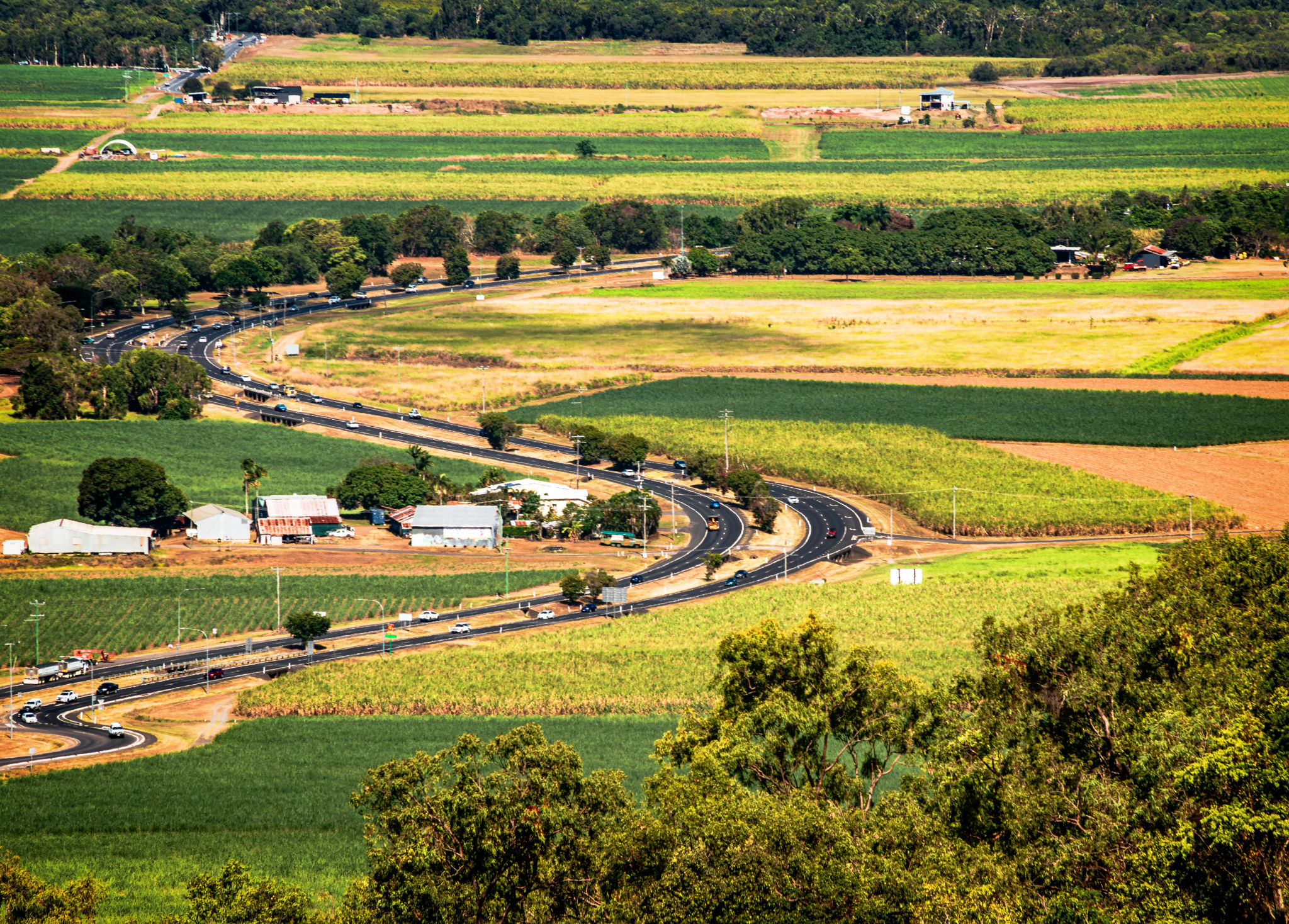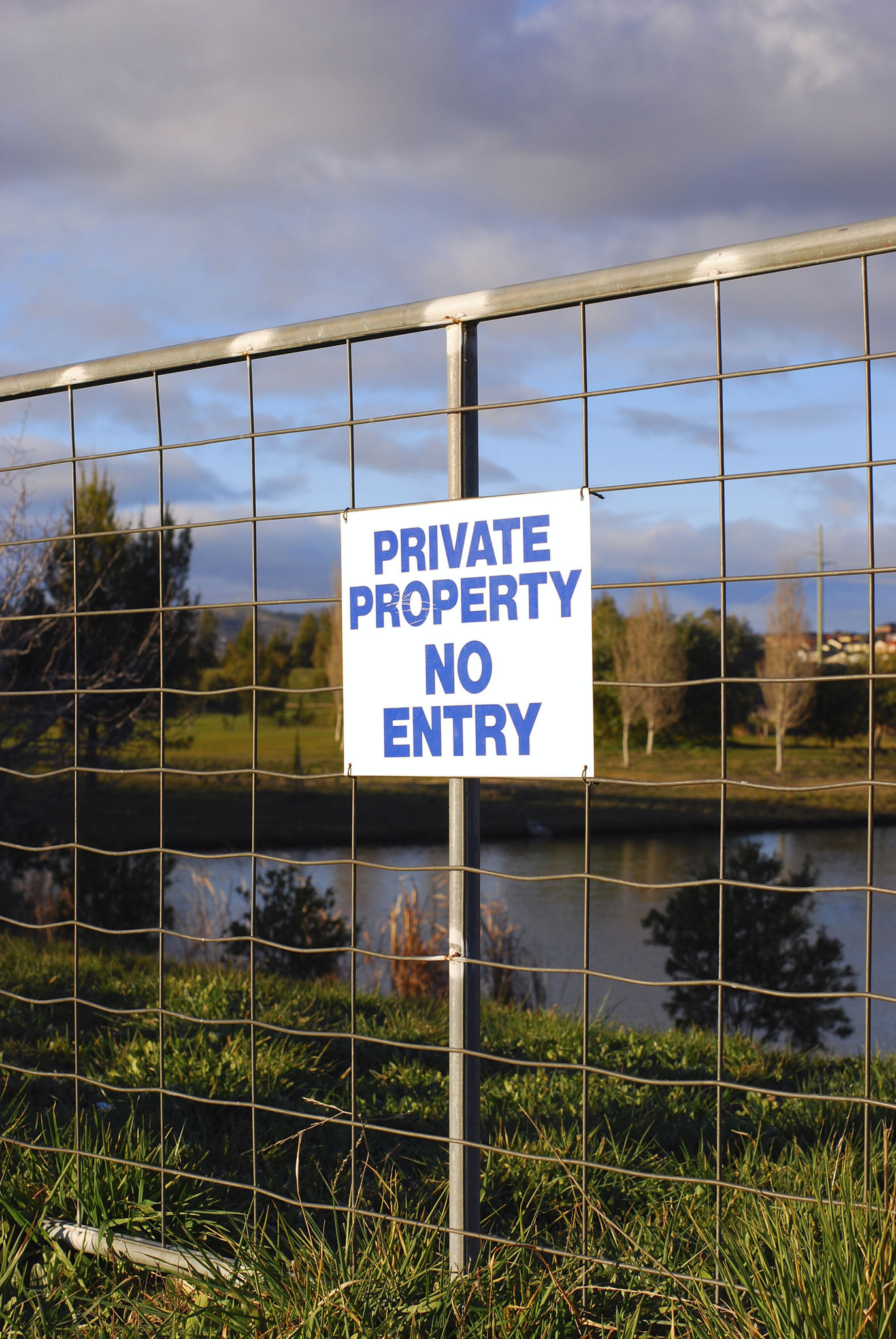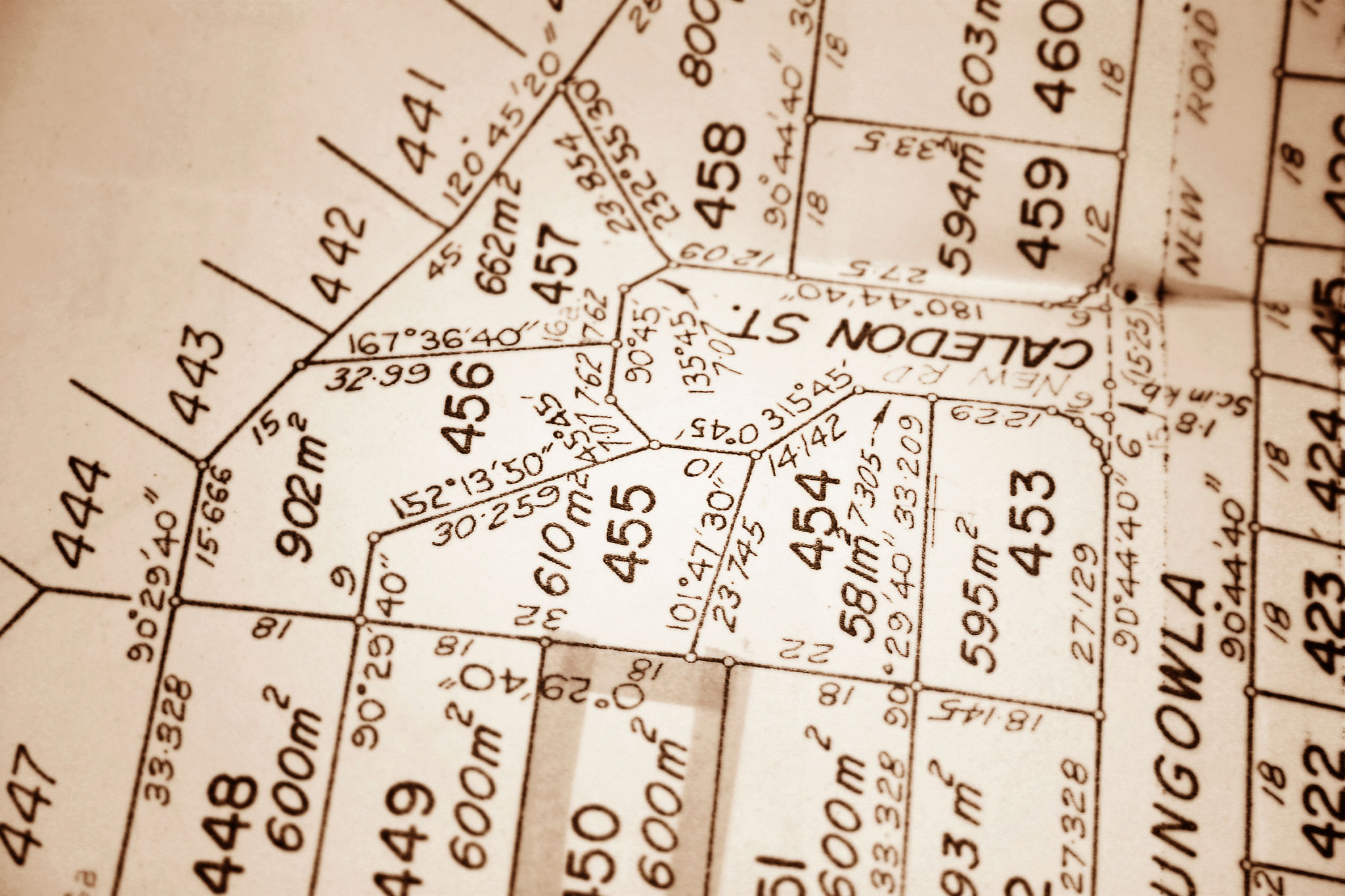Property Boundaries QLD: Ultimate Guide
Ever wondered where your land truly ends and your neighbour’s begins? Property boundaries are the invisible lines that define ownership, yet they can be a source of confusion, conflict, and costly mistakes.
In Queensland, understanding these lines is crucial whether you’re buying your first home, renovating your backyard fence, or subdividing a rural block. This guide unpacks everything you need to know about property boundaries in the Sunshine State—from legal definitions and survey processes to dispute resolution and practical tips. Ready to get clarity? Let’s dive in.

Understanding Property Boundaries in Queensland
Legal Definition of a Boundary
In Queensland, a boundary is the legal edge of your parcel of land as registered under the Torrens Title system. This system guarantees title and uses a central register, so once a boundary is recorded, ownership rights are protected. However, the map is only as good as the markers on the ground.
Historical Context of Land Division in QLD
Back in the 19th century, surveyors carved up Queensland’s vast landscapes into agricultural and urban blocks. Original boundary markers—wooden pegs, rivers, and ridges—are still referenced today. But change happens: erosion moves natural markers, fences fall, and population growth drives subdivision, making modern surveys essential.
Types of Boundary Markers
Survey Pegs and Monuments
These steel or concrete posts set by licensed surveyors are the gold standard. Durable and legally recognised, they pinpoint corners and midpoints precisely.
Fences and Physical Barriers
Fences often follow boundaries, but they’re not always accurate. Over time, maintenance or rebuilds may shift them slightly inward or outward, leading to encroachments.
Natural Features
Rivers, creeks, or tree lines can act as informal boundaries. They’re easy to see but unreliable—water courses change, trees fall. Never assume a creek is exactly where your title says it is.

How Boundaries Are Determined
Role of Licensed Surveyors
Only a licensed surveyor can officially re-establish or adjust a boundary. They use GPS, total stations, and historical records to locate original markers or set new ones.
Title Plans and Survey Plans
Your title plan (CTP) shows your property’s general shape and dimensions. A detailed survey plan provides precise coordinates of each corner and any easements or encumbrances.
Torrens Title System
Queensland’s Torrens Title system means the state guarantees land titles. Once a plan is registered, it defines boundaries—unless removed or altered by a new survey.
Common Boundary Disputes
Encroachments
This happens when a building, fence, or garden crosses the legal boundary. Even a small shed over the line can spark a neighbourly feud.
Fence Disagreements
Who pays to build or repair a boundary fence? Under the Neighbourhood Disputes (Dividing Fences) Act 2011, costs are typically shared, but disputes arise over materials, height, and location.
Misaligned Survey Markers
If old markers have moved or been disturbed, neighbours may disagree on the true line. Each side may believe “their” marker is correct.

Resolving Boundary Disputes
Negotiation and Mediation
Often the cheapest path is a friendly chat. Consider mediation through QCAT—an independent facilitator can help you reach agreement without court.
CTTT and QCAT Processes
Previously, the Community Titles Tribunal (CTTT) handled many disputes. Now, QCAT (Queensland Civil and Administrative Tribunal) is the go-to for binding decisions on walls, fences, and boundaries.
Court Action
As a last resort, you can go to the Magistrates or Supreme Court. Expect higher costs and longer timeframes, but sometimes it’s the only way to enforce your rights.
Costs Involved in Boundary Surveys
Surveyor Fees
A boundary survey in urban Brisbane might cost anywhere from $800 to $2,500, depending on complexity and size. Rural properties can be more due to access and distance.
Legal Costs
If you involve a solicitor for dispute resolution or contract advice, add another $1,500–$4,000 or more.
Impact on Property Value
A clear, well-defined boundary can boost buyer confidence and market value by 3–5%. Uncertainty or disputes often scare off buyers or drag down offers.
Preventative Measures
Regular Maintenance of Fences
Simple inspections every 1–2 years catch leaning posts or sagging panels before they drift off-line.
Clear Records and Documentation
Keep copies of all survey plans, title deeds, correspondence with neighbours, and any maintenance records. These can save time and money later.
Communication with Neighbours
Let your neighbour know if you plan to rebuild or move a fence. A quick chat and shared quote can avert misunderstandings.
Buying and Selling with Boundary Considerations
Pre-purchase Due Diligence
Always get a copy of the title and plan. Consider commissioning a boundary identification survey before signing if precise placement of additions matters.
Disclosure Obligations
Sellers must reveal any known encroachments or disputes. Failure to disclose can lead to claims for misrepresentation.
Contract Clauses to Protect Buyers
Include a “subject to boundary identification survey” clause. If the survey uncovers issues, you can negotiate price adjustments or even exit the contract.

Case Studies
Typical Urban Boundary Issue
In a Brisbane suburb, the new homeowner built a deck based on the fence line—later a survey found it sat 30 cm over the boundary. The neighbours agreed to move the fence post and share costs, thanks to early mediation.
Rural Boundary Challenges
A Toowoomba property owner discovered their driveway extended over a neighbour’s easement. After court-ordered adjustments, an easement relocation was registered, restoring peace and access.
FAQs on QLD Property Boundaries
What if my neighbour won’t agree to a survey?
You can apply to QCAT for an order compelling them to allow surveyors access.
Can I rely on an old fence as my boundary?
No. Only a licensed surveyor’s markers can legally define your boundary.
How long do survey markers last?
Concrete monuments and steel pegs can last decades, but accidental disturbance is common—always verify before building.
Do easements affect my boundary?
Easements grant rights (like access or drainage) across your land but do not shift your boundary—check your title plan.
Can I subdivide based on old boundaries?
You must commission a fresh survey and lodge a new plan with the Titles Office to subdivide legally.
Conclusion
Boundaries may be invisible on the ground, but their implications are crystal clear: from maintaining neighbourly harmony to protecting your property value.
Whether you’re settling in for the long haul on your Sunshine Coast acreage or refreshing a fence line in inner Brisbane, staying informed is your best defence. Use licensed surveyors, keep detailed records, and communicate openly. When disputes arise, aim for mediation before escalating to QCAT or court.
With this ultimate guide in hand, you’re empowered to navigate every twist and line with confidence.
Contact us today for assistance.
